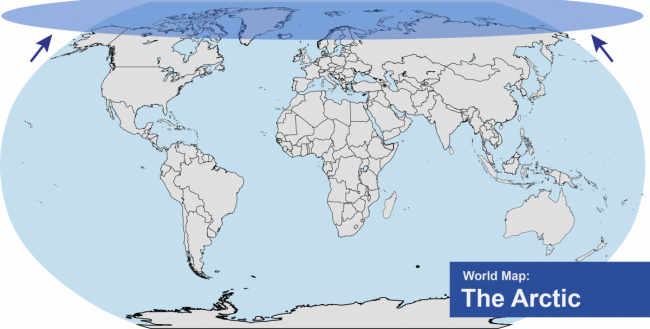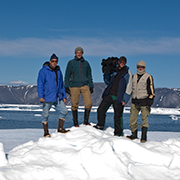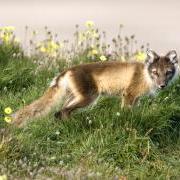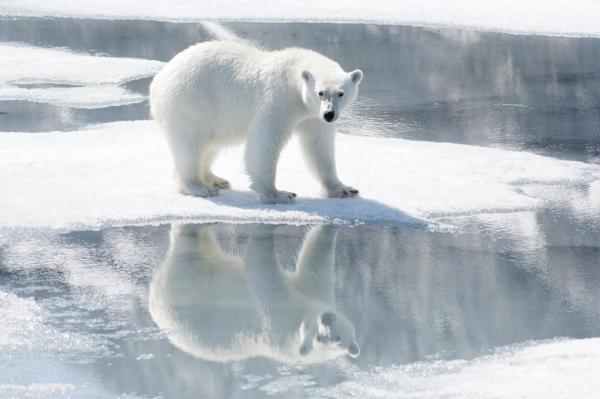There are places on this planet where it’s a marvel that anything survives –
but in the cold Arctic waters of the far north – the seas are alive

The Arctic is a region surrounding the North Pole and consists of a mostly large ice-covered ocean and the northernmost edges of the American, European, and Asian continents. One of the most remote, isolated, and coldest places on Earth, the vast and seemingly desolate Arctic teems with an abundance of life both above and below its frigid surface.
Unique among Earth’s ecosystems, the Arctic supports a variety of life. Resembling curious ghosts, beluga whales are the canaries of the sea and use one of the most complex sonars of any animals. And polar bears, standing up to nine feet tall and weighing in at a thousands pounds, are the largest land carnivores in the world, yet live only in the Arctic. From massive undersea schools of fishes, sharks, belugas, narwhales, walrus and orcas, to arctic foxes, caribou, wolverines and polar bears – the Arctic region is alive in abundance, diversity, and filled with species exhibiting remarkable adaptions to survive in one of the most extreme places on Earth.
A region as rich as the Arctic has undoubtedly been subject to increasing human interests and activities, many of which now threaten the sustainability of the entire Arctic region and those who rely on it to survive. Largely, our societies continue the practice of burning fossil fuels and releasing carbon dioxide in the atmosphere, which contributes to a warming planet and the loss of sea ice in the Arctic. Furthermore, interest in the rich oil reserves and mineral resources of the region pose increasing risks to wildlife and residents of the Arctic.
State of the Arctic
- The Arctic is warming at twice the rate of anywhere else on Earth
- The scientific community concurs that climate change has drastically accelerated rates of ice melt around the planet – learn more about Making the Connection: Ice Cover in the Arctic
- The melting of sea ice, which extends from landmasses, is critical to the survival of many Arctic species such as polar bears, whose numbers have been decreasing in connection with a decrease in the availability of sea ice
- In March 2015, the monthly average of Arctic sea ice was the lowest in satellite and historical record
- Massive industrial mining interests like the Pebble mine proposal continue to threaten precious regions such as Bristol Bay, Alaska – which need to be protected – learn more about Bristol Bay: The Dangers of Mining the Earth
 The Arctic Expedition Team |
 Videos from The Arctic |
Learn more about our work in the Arctic
Watch our PBS documentary series Jean-Michel Cousteau’s Ocean Adventures - Sea Ghosts and Call of the Killer Whale.

Quick Facts
- The name “Arctic” comes from the Greek word meaning “near the bear”
- The lowest recorded temperature in the Arctic is -68 degrees Celsius (-94 degrees Fahrenheit) in Siberia
- The Arctic region covers more than 18 million square miles, one-sixth of the planet’s landmasses
- If all ice in the Arctic melted, global sea levels would rise 24 feet
Support Ocean Futures Society!
We rely on your support to help us be a Voice for the Ocean. By becoming a member, donating, or taking part in our Action Alerts regarding the Arctic, you help us spread our message, “Protect the Ocean, and you protect yourself, and future generations to come.”
Exploration
Donate to Two Futures Society
Yes! I want to support the field work, projects and mission of Jean-Michel Cousteau and the OFS team. Make a tax-deductible donation now!
Become a Member
Yes! Sign me up for a free membership!

Connect With Us